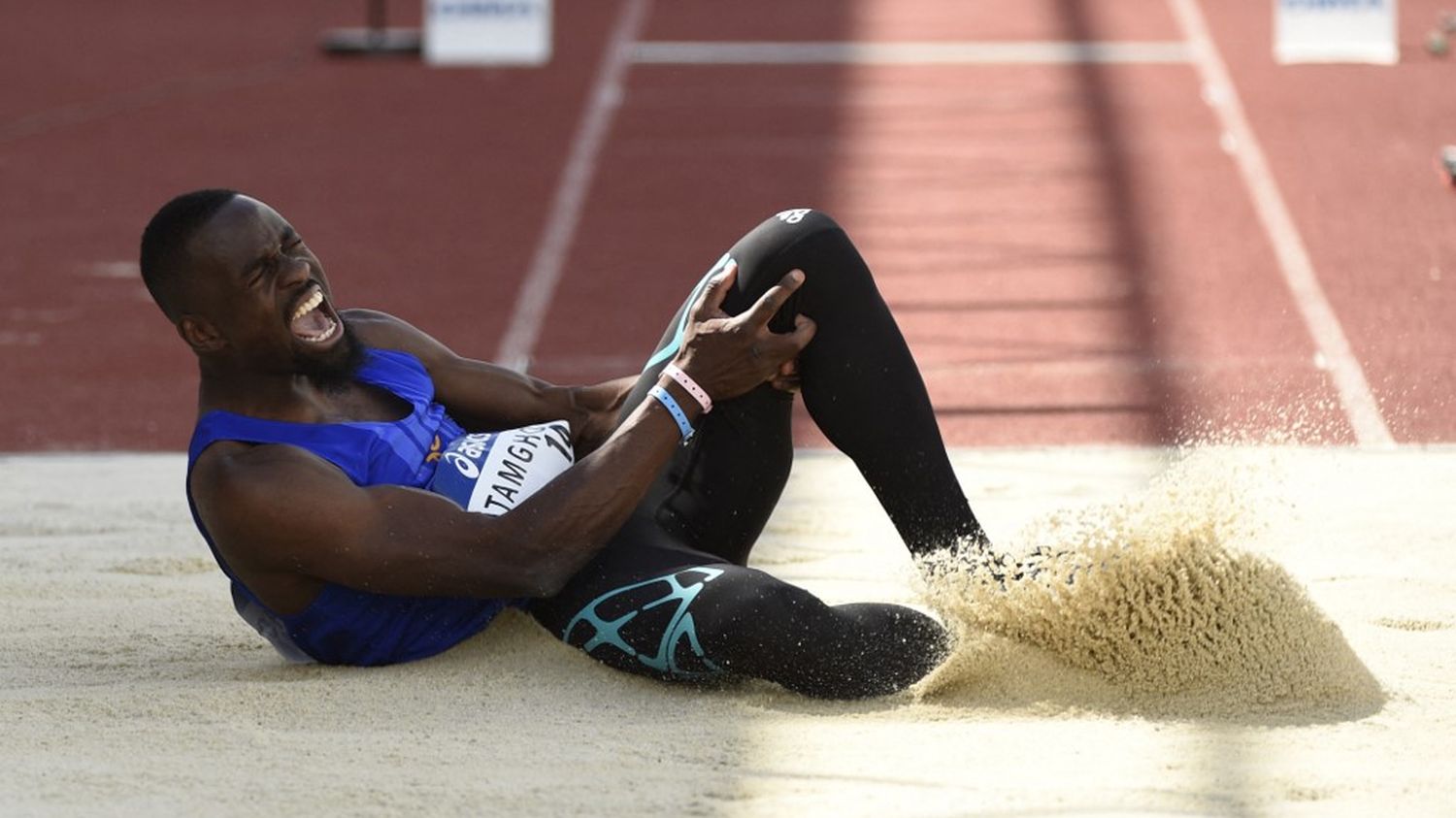The Paris 2024 Olympic Games are “the goal of a lifetime” for French athletes. They therefore want at all costs to protect themselves from an injury before this deadline.
Published
Update
Reading time: 101 min

There are eight months left, or 234 days precisely, for French athletes to prepare for the goal of a lifetime: the Paris Olympic Games and the quest for a medal at home. They train of course but above all, they preserve themselves and protect themselves from an injury that could suddenly ruin all their dreams.
The biggest phobia of athletes until the Games is a muscle that tears or a bone that breaks, because they have seen their elders struck by lightning before them. Mehdi Baala, specialist in the 1,500 meters, notably had to give up a few days of the London Olympics. Triple jump world champion Teddy Tamgho withdrew just before those in Rio.
More recently, Renaud Lavillenie injured his ankle, three weeks before the last Tokyo Games: “When I fall on the mat and I hear a ‘crack’ in my ankle, my first worry is to say to myself ‘I broke something and now I really won’t be able to go to the Games’ .I had worked like crazy beforehand to put myself in a position where I was potentially able to get on the podium.”
“I cried at the time.”
Renaud Lavillenie, pole vaulterat franceinfo
Renaud Lavillenie came out with a major sprain, so he was able to participate in the Games but he was weakened and finished 8th in the final.
For their part, medical staff are convinced that any injury is avoidable. In the high-level temple that is Insep, in the heart of the Bois de Vincennes, we have been developing the “Fulgur” program for four years, precisely intended to prevent injuries to athletes preparing for Paris 2024. This program is financed by the State to the tune of two million euros. The French torchbearers, silver medalists at the last World Championships, are part of it, as are the next generation of Kevin Mayer. Téo, a 21-year-old decathlete, serves as a guinea pig for the director of the Insep laboratory. Gaël Guilhem performs ultrasound scans of his hamstrings, this muscle located at the back of the thigh, and very much in demand especially during sprints.
“The idea is to measure the stiffness or elasticity of your muscles, he explains. From one athlete to another, we will have profiles that can be very different. We can have very elastic muscles, others very stiff, and we give feedback directly to the coach by giving him the profile. By telling him that if he has problems with hamstring injuries in this athlete, he can use this or that stretching or strengthening content to reduce the risk of injury.. After a whole day of tests, Téo leaves with his prescription, for example, not for medication but for individualized exercises.
All this is for theory but on the track, in the gyms, athletes are sometimes pushed to train hard, even too hard. And an injury when you push too hard is indeed a risk. Despite this, there has been a lot of progress in recent years. Warm-ups are now integrated into physical preparation.
Some take the risk of not having surgery
At the Insep gymnasium for example, twice a week, before training, there is a session led by the physiotherapist and osteopath, Nicolas Brunet. During an exercise with the European vaulting champion, Coline Devillard, he placed a five kilo weight on her shoulders. “It’s not fun but I do it anyway. Injury is always something that scares you, especially when you get closer to the Games, so I do everything to make sure it goes well. Plus, I have a lot of problems with my ankles and since I’ve been working with him, it’s a lot better.”recognizes Coline Devillard.
“I think they understood the interest, underlines the physiotherapist. So they are less reluctant to do this work. And we’re in France in 2023, we’re not in Soviet countries in the 80s, so we can’t be behind the girls all the time.” There is a desire to empower athletes, including nutrition and sleep which are integral to injury prevention.
Once the injury is there, what happens next depends on the type of injury and when it occurs. When Renaud Lavillenie was injured again last summer, he had the choice between waiting for possible improvement or anticipating an operation. He chose the second option in September to give himself the best chance of being ready this summer, for the Olympics. On the other hand, if the injury occurs too close to the Games, some decide not to have surgery even if it means taking risks for their body in the post-career period. When we talk about the Olympics, in fact, nothing is the same, explains Laurent Winkler, the doctor of the Blues of judo: “It’s the goal of a lifetime. They took place in France, so even more so.”
“We are ready to take risks that we perhaps would not take if it were a European championship or a world championship.”
Laurent Winkler, doctor of the French judo teamat franceinfo
“For some and many, it is also the end of their career. So, we still have a different vision,” he continues. Judokas have even gone to the Olympics with a ruptured cruciate ligament and they still won medals, this has been seen more than once. If the risk of injury is therefore much better controlled, it remains a taboo for athletes, surrounded by great secrecy and sometimes even misinformation so as not to give too many clues to the opponent. Let’s imagine, for example, that if Teddy Riner was injured next summer, we wouldn’t necessarily know.
